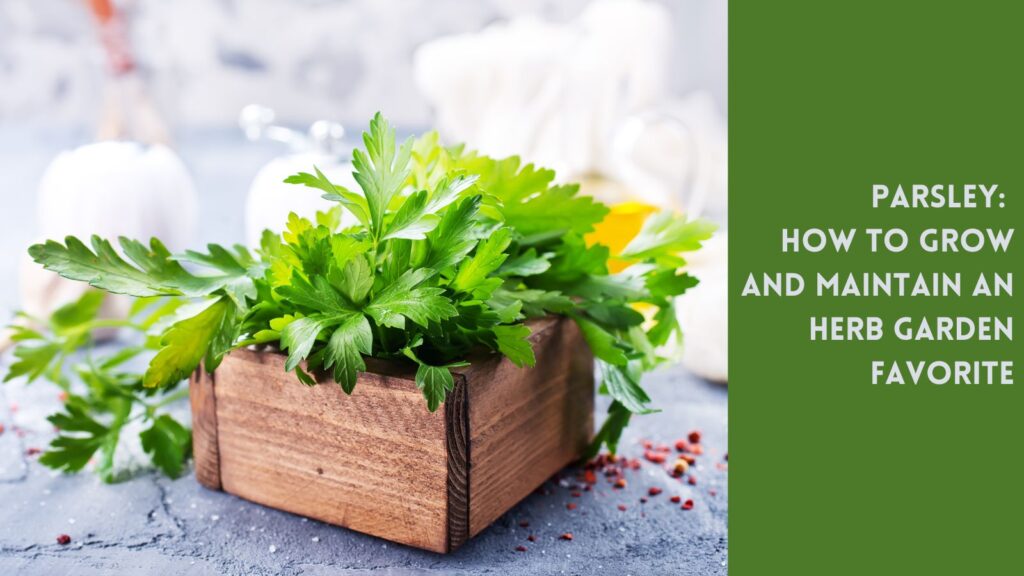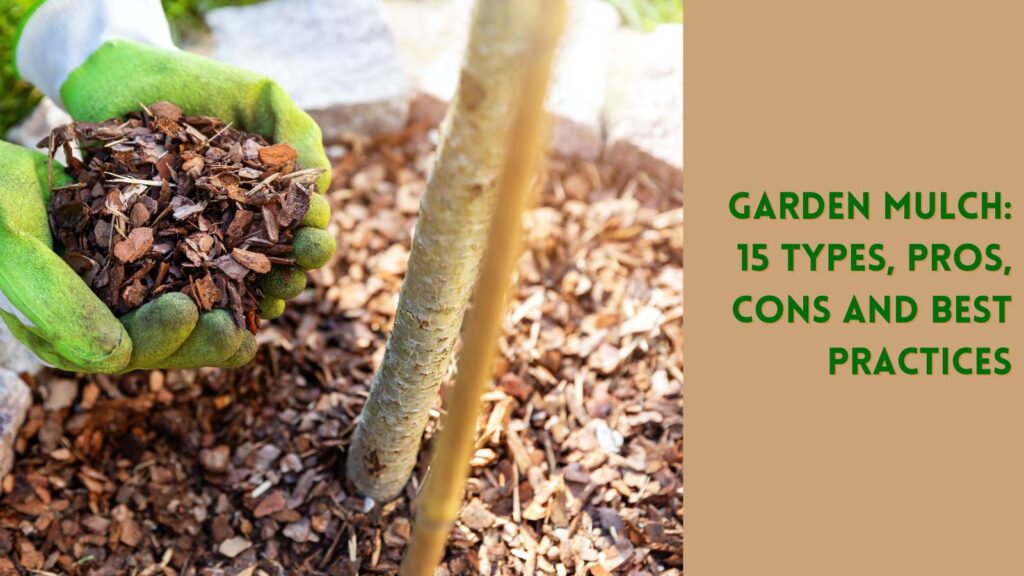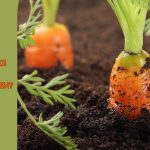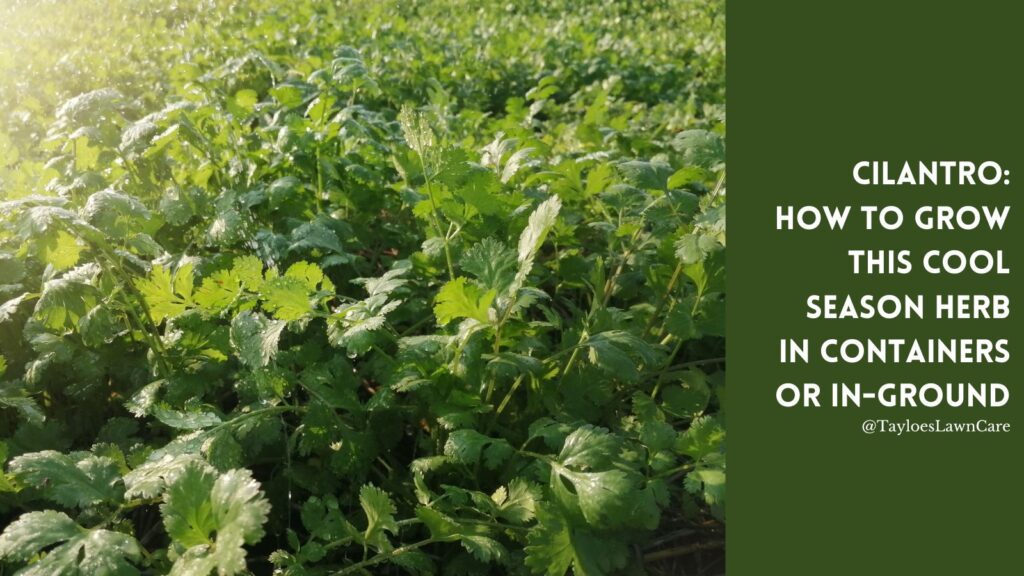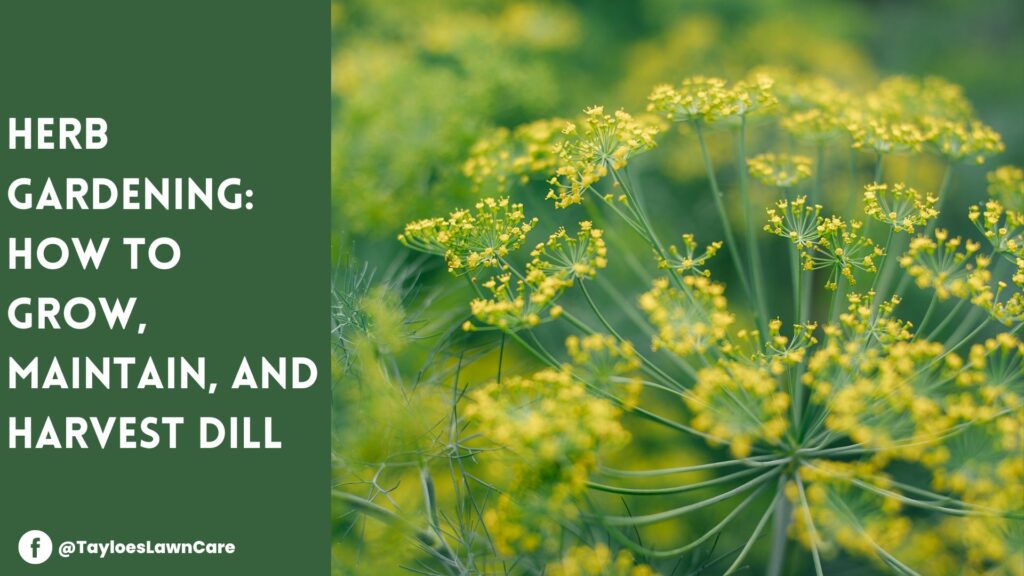Last Updated on: 29th December 2023, 10:13 pm
Chives are among the earliest herbs you’ll see every spring.
Chives (Allium schoenoprasum) are low-maintenance, easy-to-grow, grass-like perennial herbs belonging to the onion family—even though milder in taste than onions.
It’s a versatile plant used in the culinary space and as an ornamental feature in the garden. From edging paths and borders to attracting butterflies and other beneficial pollinators, this herb can also discourage destructive insects such as Japanese beetles from a vegetable or herb garden.
A Few Fun Facts About Chives:
- Mature size: 10-13 inches tall and wide
- Sun exposure: Full sun, light shade
- Soil pH: Slightly acidic to neutral
- Soil type: Sandy, loamy
- USDA Hardiness zones: 3-9
- Bloom time: Early summer
- Flower color: Lilac to purple
Frequently Asked Questions About Growing Chives
Here are a few of the most often-asked questions gardeners ask Google about this tasty herb.
What is the main difference between chives and green onions?
You can easily differentiate the two by just looking at them.
- Chives are much smaller and delicate, with no substantial bulbs. In the grocery store, you’ll always find them sold in small boxes next to thyme, basil, and other herbs.
- Green onions are green at the top but have white bulbs with roots at the ends. At the grocery store, you’ll find them in the produce aisle, near large bunches of Italian parsley and cilantro.
What are chives used for?
- Their milder flavor makes them a great addition to dips, soups, fish, baked or mashed potatoes, seafood dishes, and omelets.
- The purple flowers also attract bees and beneficial pollinators—but at the same time—they can be used to discourage destructive insects like the Japanese beetles.
- Still, it won’t let you down in your floral arrangements project. The large, puffy purple flowers are a beautiful addition to any bouquet.
How do you eat garden chives?
Chives can be eaten raw. However, add them to your favorite dish. Wash thoroughly with cold water before use. Heat destroys the delicate flavor, so add it to your dishes at the last minute. Maximize their taste by thinly slicing, chopping, or snipping with kitchen shears before use.
What part of the chives do you eat?
Gardeners mainly grow the herb for the edible leaves. However, you can also eat the flowers.
What can I do with garden-fresh chives?
Chive is a versatile herb; you can use it to top a baked potato, garnish creamy soups, season fish fillets, make flavored butter, make a salad, cook eggs, or even in a creamy pasta sauce. If, for any reason, you don’t utilize all your freshly harvested herbs, consider preserving them for later use.
Are chives in the same family as onions and garlic?
Yes. Onions, garlic, and chives belong to the allium family.
Are scallions and chives the same?
Chives are flowering green plants classified as herbs. They have long, extremely slender, solid green tender stems with light purple flowers, while scallions (also known as green onions) exhibit a thicker, more sizeable stem that is white at the base and green upwards.
Do chives have a bulb?
Like onions, they have a bulbous root from which they sprout beneath the soil, creating a larger clump over time.
How do you harvest chives to keep them growing?
- Harvesting chive leaves: Use garden shears to clip the leaves, cutting about an inch above the soil. Be sure to clip the leaves from the plant’s outer portion first, not to clip the entire plant at once.
- Harvesting chive flowers: Clip the flowers at the base of their stems. Though edible, the stem is tougher and “woodier” in taste compared to the leaves.
How do you know when chives are ready to pick?
Begin harvesting your chives once they’re about four to six inches tall. There is no set time to begin harvesting; you can begin thirty days post-transplanting or sixty days after seeding.
Will chives regrow after cutting?
Even if you accidentally cut back the entire plant during harvesting, it will still sprout from the underground bulbs the following year.
Should chives be allowed to flower?
There is no harm in allowing your herbs to bloom, only that your harvest might be smaller. Most plants will develop smaller leaves when the flowers are left in.
How do you keep chives growing in the summer heat?
Chives are a cool-season crop; meaning they may go dormant in harsher summer temperatures. Try cutting back the existing worn-out foliage and water wells. Place them in a well-lit spot, under some cover—on a sunny windowsill indoors, in a greenhouse, a cold frame, or a hoop house.
Maintain consistent moisture levels, and you’ll soon see your chives sprouting new leaves.
Do chives like the full sun?
Chives are sun lovers, although they can also tolerate a little shade.
How to Grow Chives in Your Herb Garden
Plant them in rich, moist, well-drained soil.
Consider working four or six inches of compost into your soil before planting, or use a little organic fertilizer.
- Spacing: Chives grow approximately twelve inches wide and tall, ensuring the bulbs are at least five to six inches apart during planting.
- Divide the bulbs every three or four years, so they keep multiplying.
- Light: Though they grow almost anywhere, these herbs grow best in full sun. Consider placing them in a spot receiving at least six hours of sunlight a day—if growing them indoors.
- Water: Chives are drought-tolerant once established; however, keep them consistently moist during the growing season.
- Mulching: Mulch is a great moisture retention option, especially if you can’t keep up with the plant’s regular watering needs. It also helps kill the weeds, considering the shallow weed-susceptible roots.
- Fertilizer: These herbs are not heavy feeders. Therefore, it won’t require frequent fertilization. However, you can offer a single top dressing with a nitrogen-heavy fertilizer in early summer or late spring.
- Companion planting: They’re shallow-rooted; carefully select what to grow around them. Even weeds springing up nearby can easily out-compete them.
The Takeaway: Chives Are a Tasty Perennial Herb With Great Culinary Use
Chives (Allium schoenoprasum) are low-maintenance, easy-to-grow, grass-like perennial herbs belonging to the onion family—even though milder in taste than onions.
It’s a versatile plant used in the culinary space and as an ornamental feature in the garden. From edging paths and borders to attracting butterflies and other beneficial pollinators, this herb can also be used to discourage destructive insects such as Japanese beetles from a vegetable or herb garden.
Author Profile

- Maureen Abuor
- Maureen Abuor is a professional content marketing strategist and SEO strategist, with particular knowlege of creating landscaping and gardening content that informs and delights her audience. When she's not working, she's a busy mother of three precious little ones and child of God.
Latest entries
 Lawn CareApril 29, 2025Best shady area grass seed for Eastern NC
Lawn CareApril 29, 2025Best shady area grass seed for Eastern NC GardeningApril 15, 2025How do I make organic soil for the garden?
GardeningApril 15, 2025How do I make organic soil for the garden? Flower GardenMarch 7, 2025What are wave petunias?
Flower GardenMarch 7, 2025What are wave petunias? Flower GardenMarch 3, 202520 Full-sun annuals for your spring and summer garden
Flower GardenMarch 3, 202520 Full-sun annuals for your spring and summer garden


